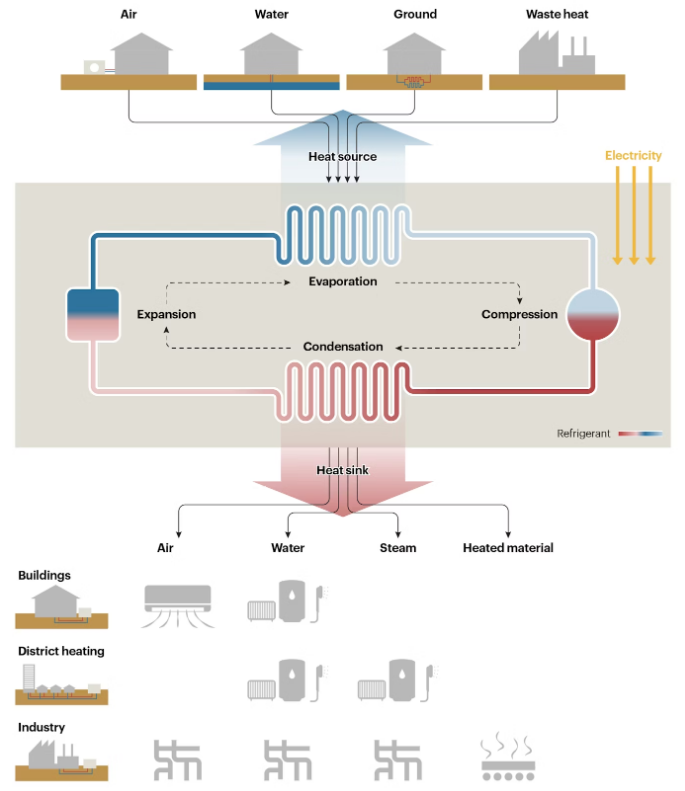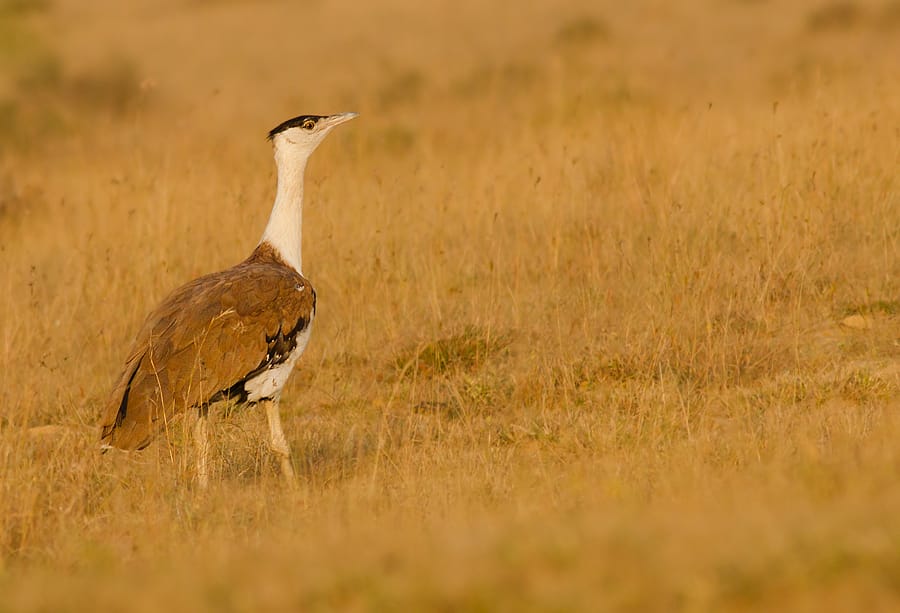
If we cannot connect new renewables to the grid ...
New renewable electricity generation is only useful if it's actually connected to the grid. Without that 'simple action' none of us can use the electricity.
New renewable electricity generation is only useful if it's actually connected to the grid. Without that 'simple action' none of us can use the electricity.
So we really need to care about what are known as interconnector queues, the number of new projects waiting to get connected. In the US that data is collected annually by Berkeley Labs. And the latest data is now out.
And it appears that the interconnector queues are growing - more new renewables are waiting for connection.
The amount of new electric capacity in these queues is growing dramatically, with nearly 2,600 gigawatts (GW) of total generation and storage capacity now seeking connection to the grid (over 95% of which is for zero-carbon resources like solar, wind, and battery storage).
Of the c. 2,600GW, just under 1,600 GW is proposed generation, and c. 1,000 is storage. Most (1,480 GW) of the generation seeking connection is zero-carbon. Solar (1,086 GW) accounts for the largest share of generation capacity in the queues. Substantial wind (366 GW) capacity is also seeking interconnection, 1/3 of which is for offshore projects (120 GW).
And the fastest growing categories are solar and battery storage combined, they account for over 80% of new capacity entering the queues in 2023.

The whole issue of connection queues is rightly getting more attention. But we still seem to be struggling to actually fix the problem. Only ~19% of projects requesting interconnection from 2000-2018 reached commercial operations by the end of 2023.
We say that we want to decarbonise our electricity grid, but there are some clear bottlenecks. As the report says, there is a lot of possible new generation capacity in the queue ...
Active capacity in queues (~2,600 GW) is twice the installed capacity of U.S. power plant fleet (~1,280 GW); greater than peak load and installed capacity in all of the US networks.
It's important to note, not all projects in the queue will get built. Historically only ~19% of projects requesting interconnection from 2000-2018 have reached commercial operations. Some do not raise the required investment, and some are 'insurance policies' - an application that this submitted just in case it's needed. But you do have to wonder how many of the projects just don't get built because the process takes way too long.
Why is this situation allowed to exist. Part of the answer is the solutions are complicated. The chart below lists the 35 actions that the DOE’s Transmission Interconnection Roadmap identifies as being needed.

And this isn't just a US problem. We wrote about the situation in the UK recently as well. The UK has a large queue, although they seem be taking a slightly different approach. Yes, look to improve the grids ability to connect new renewables, but also clear out the 'phantom' projects from the backlog. Then you know just how big a problem you really have
👉🏾 ESO becomes the terminator of phantom projects
This article featured in What Caught Our Eye, a weekly email featuring stories we found particularly interesting during the week and why. We also give our lateral thought on each one. What Caught our Eye is available to read in full by members.
If you are not a member yet, you can read What Caught Our Eye when it comes out direct in your email inbox plus all of our blogs in full...

Click this link to register 👉🏾 https://www.thesustainableinvestor.org.uk/register/

Please read: important legal stuff.

